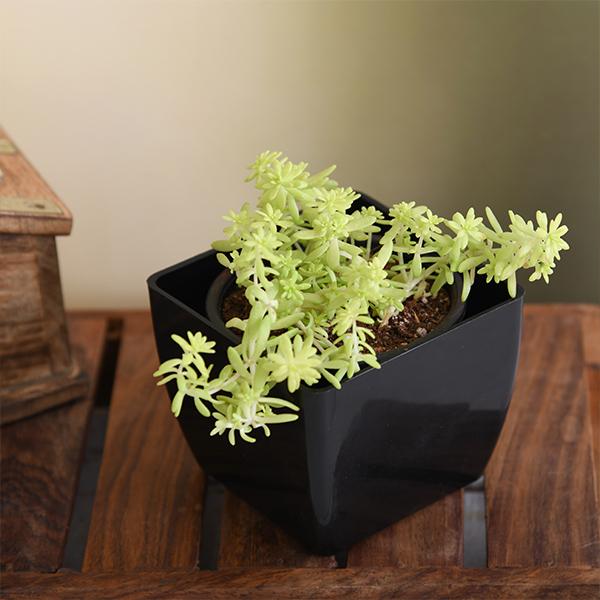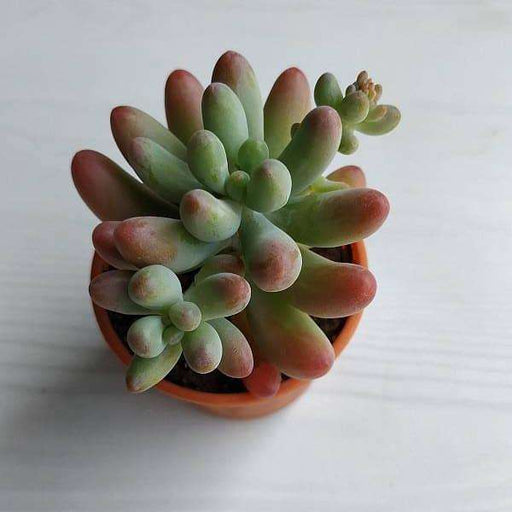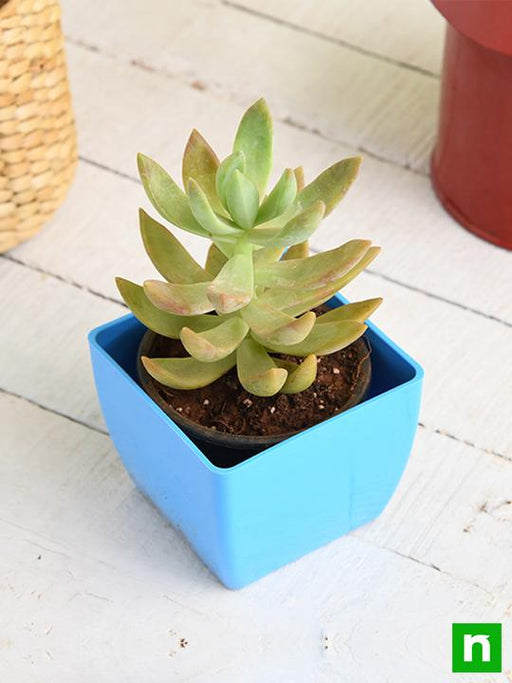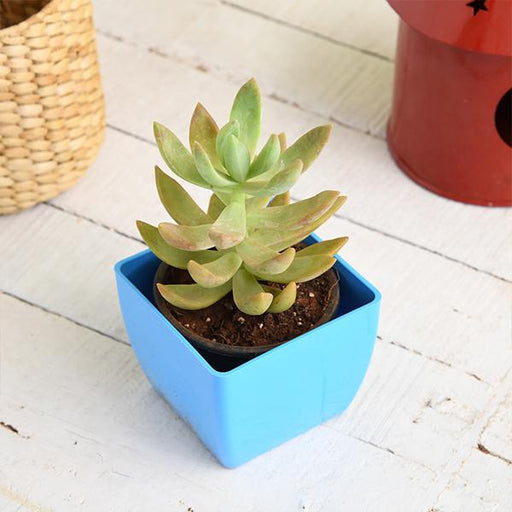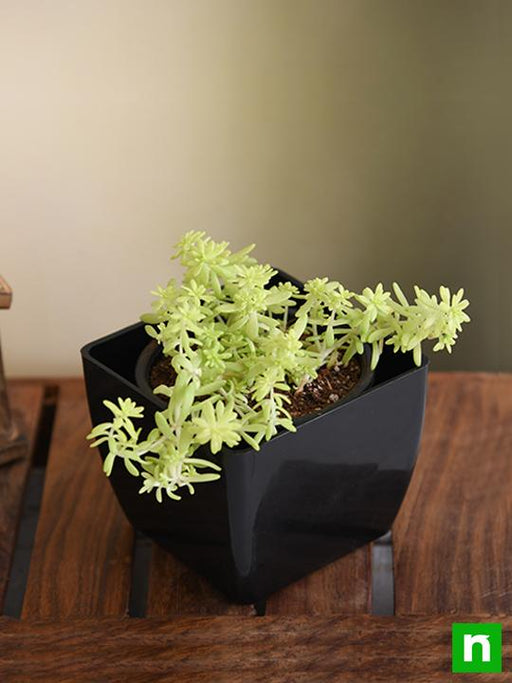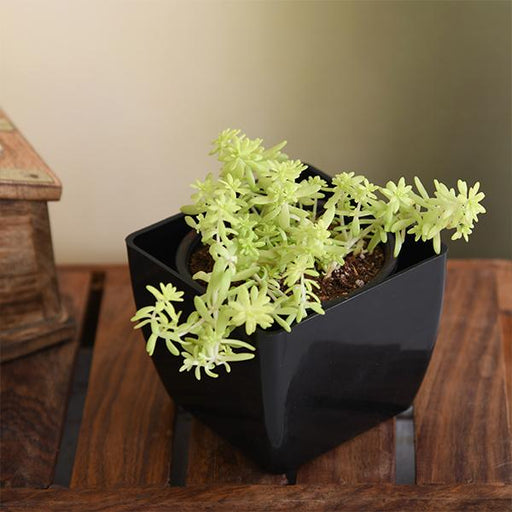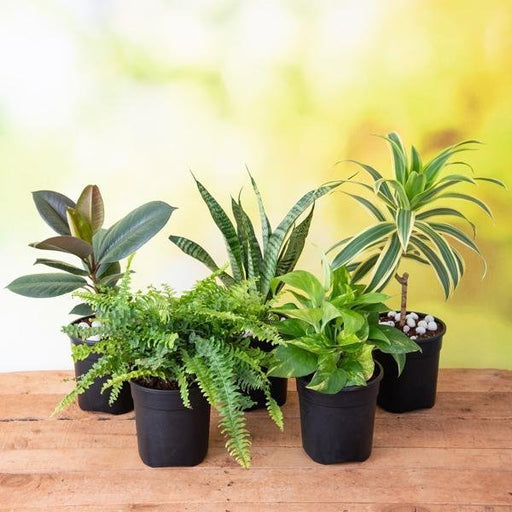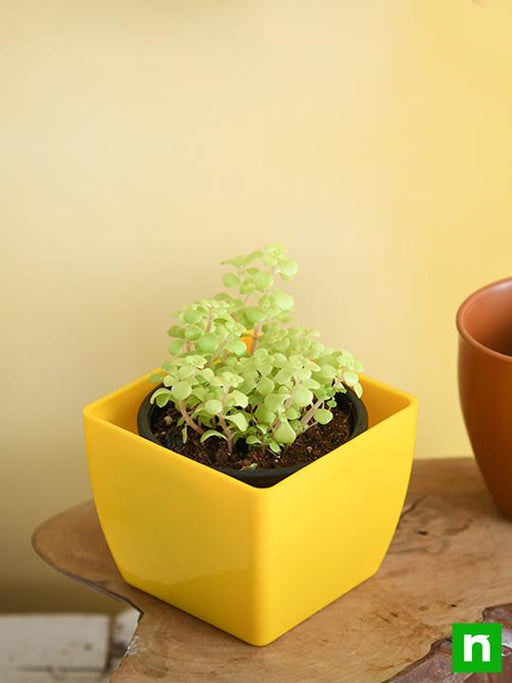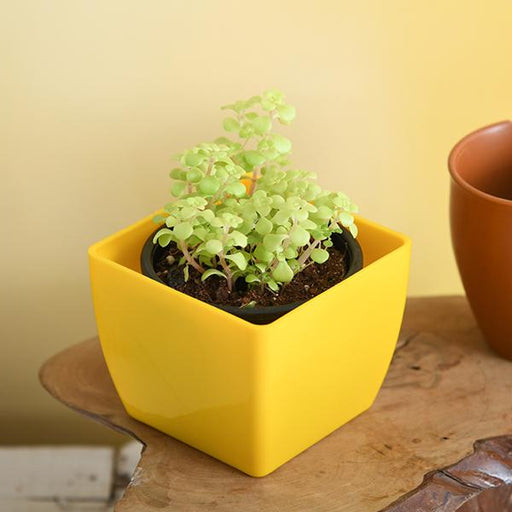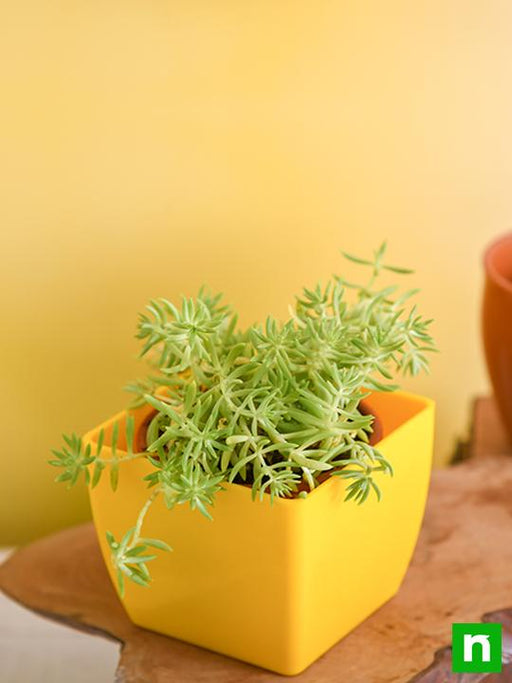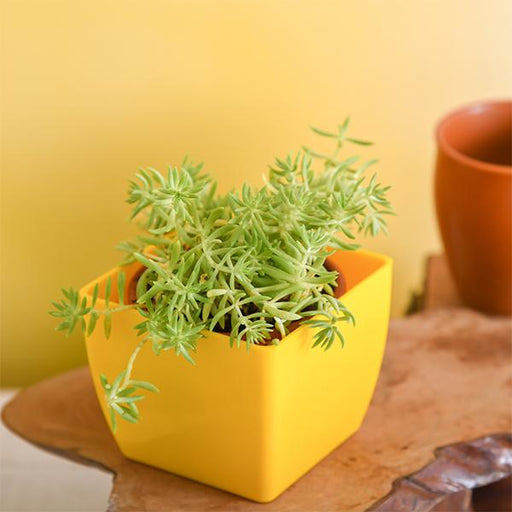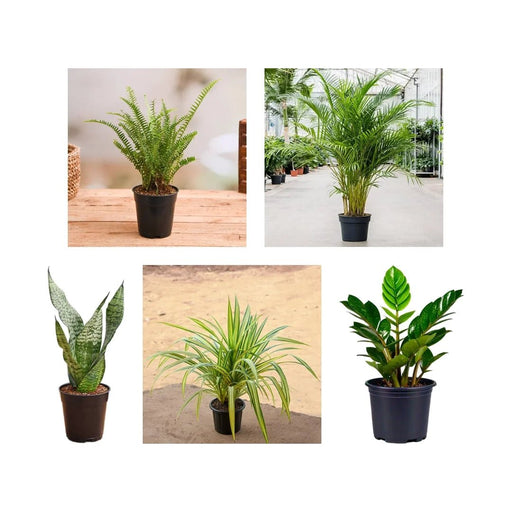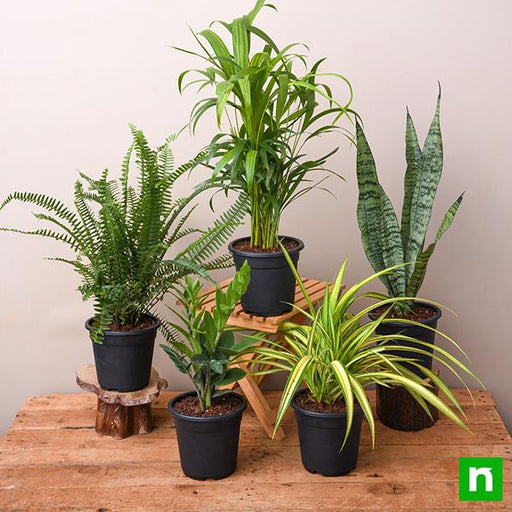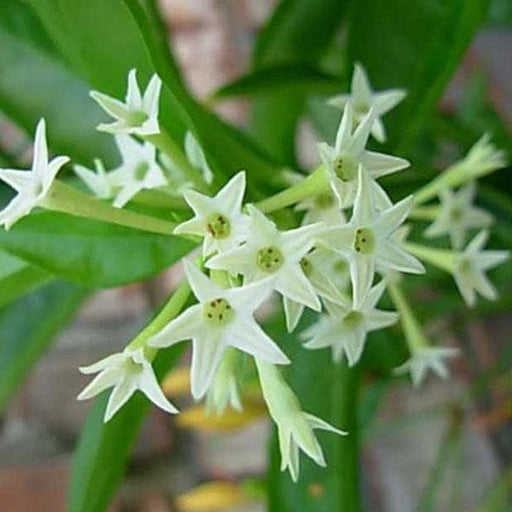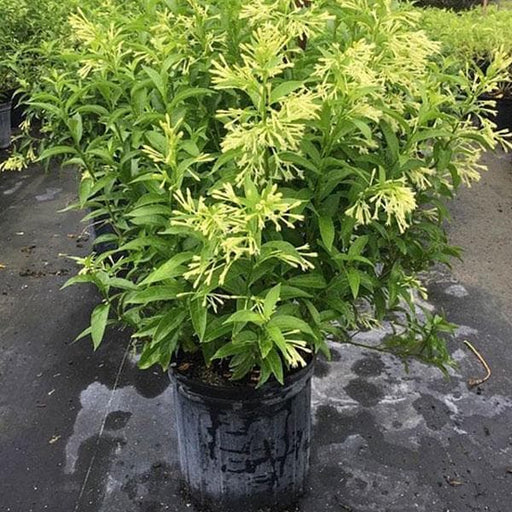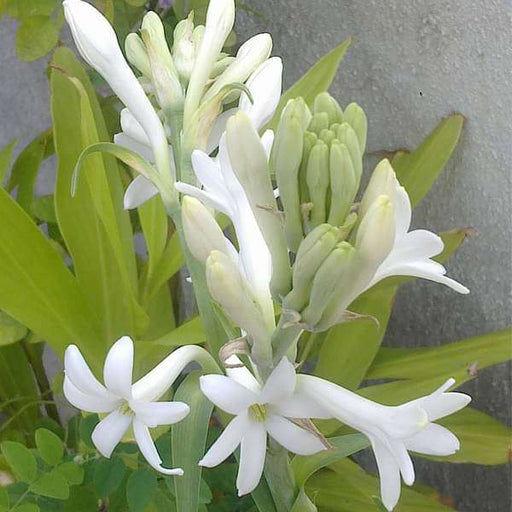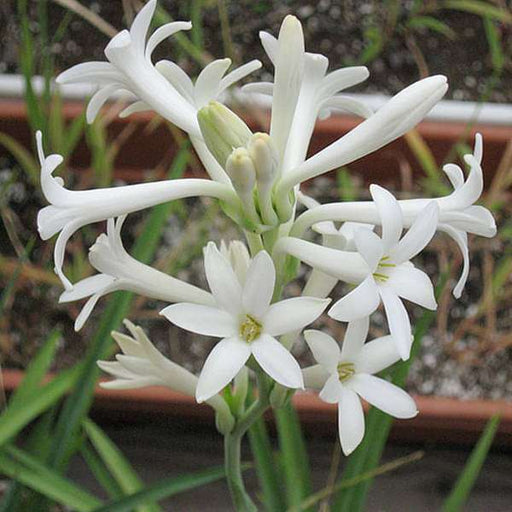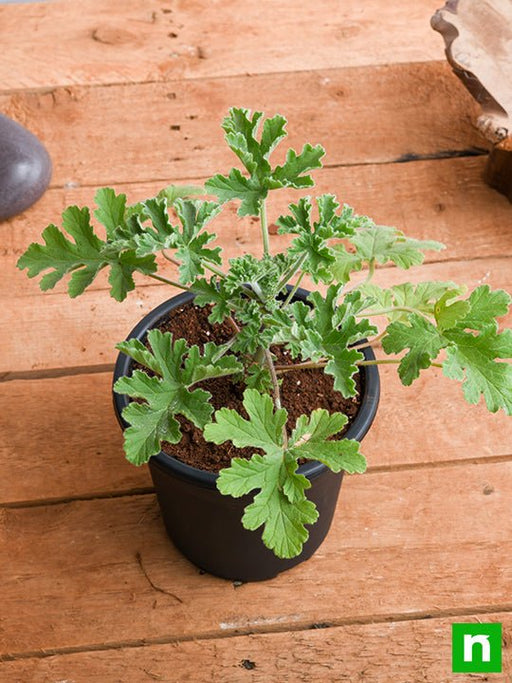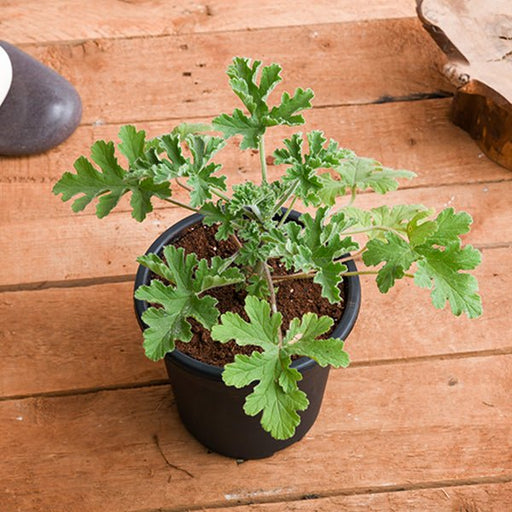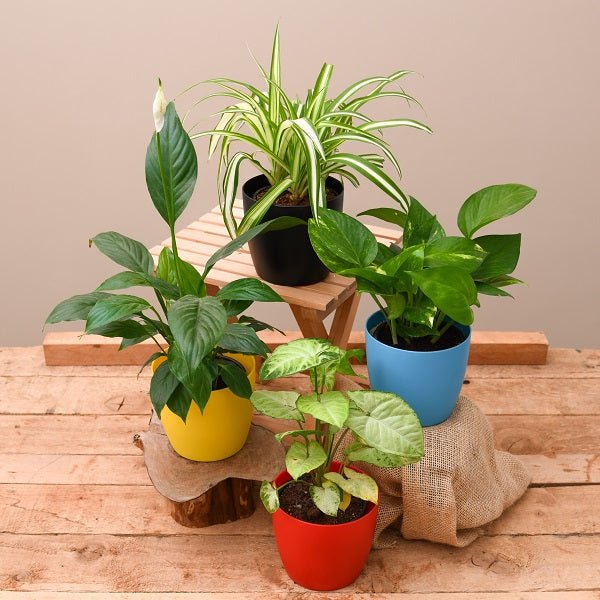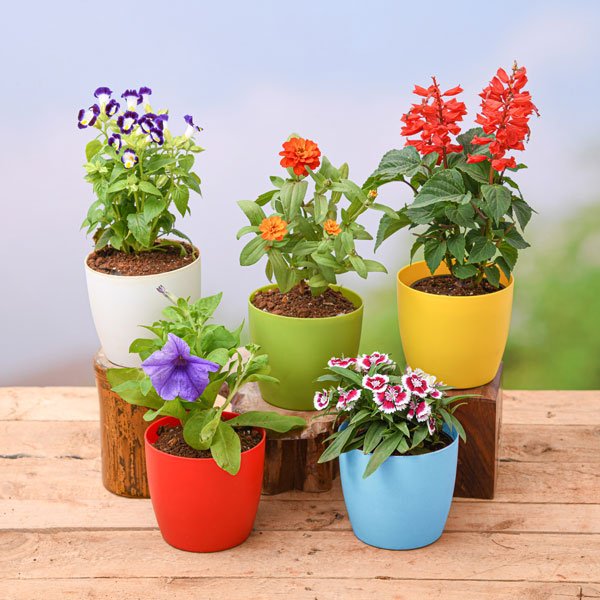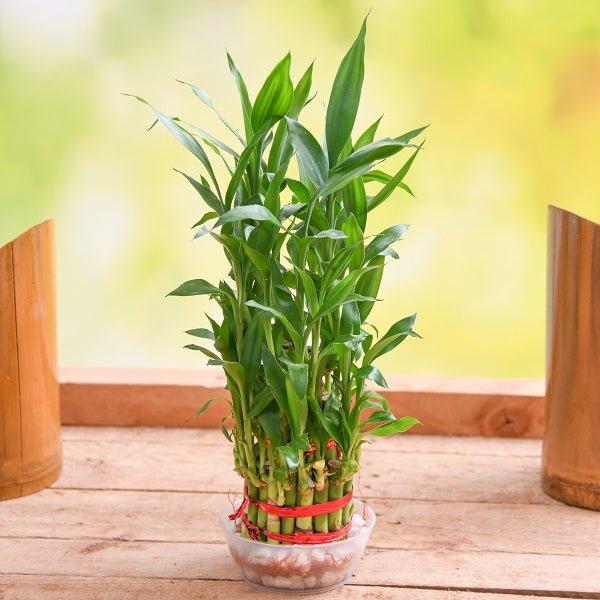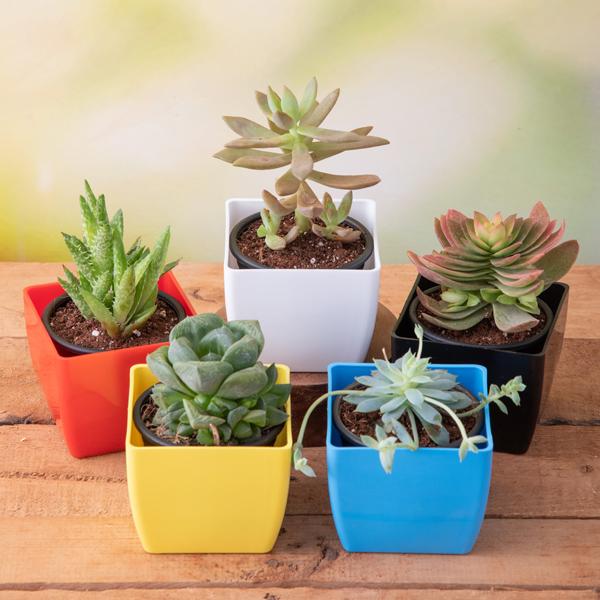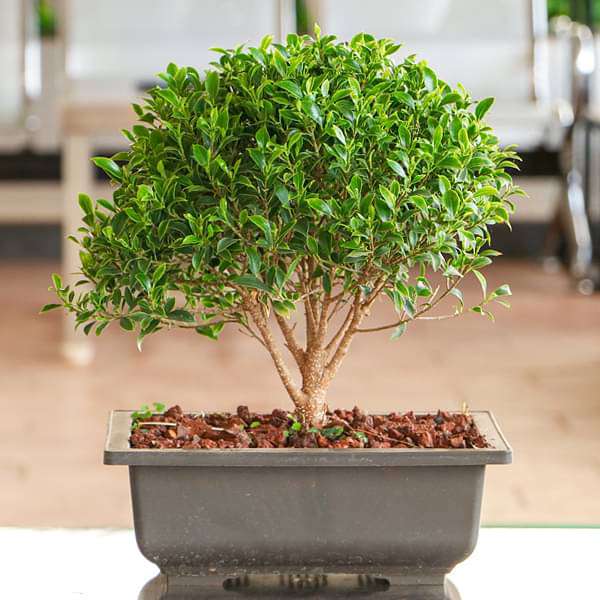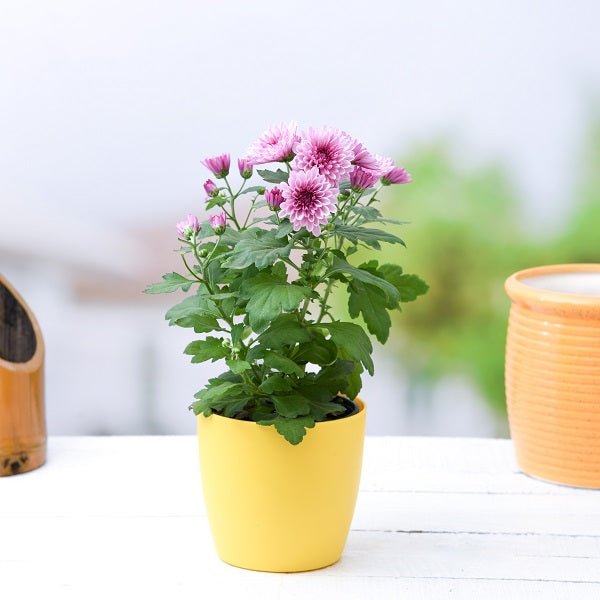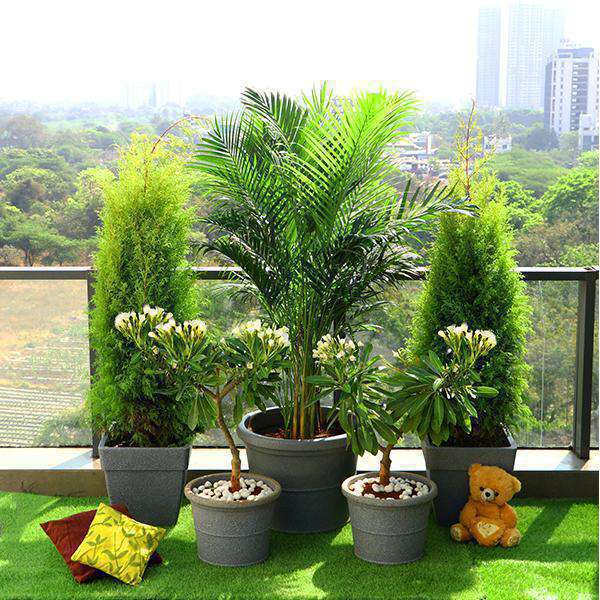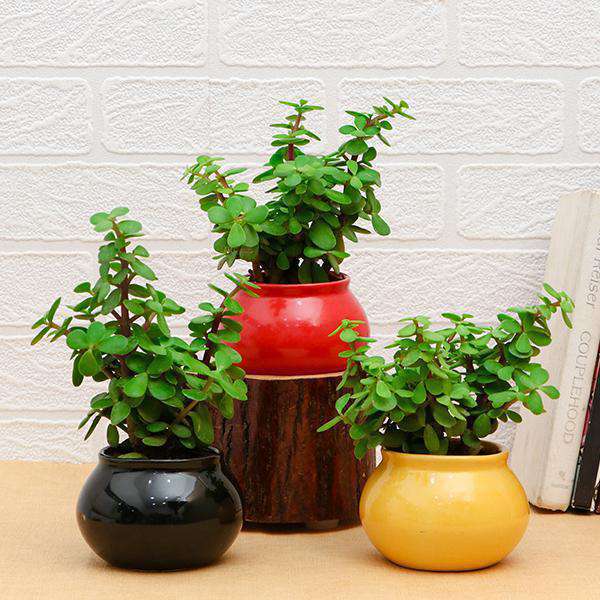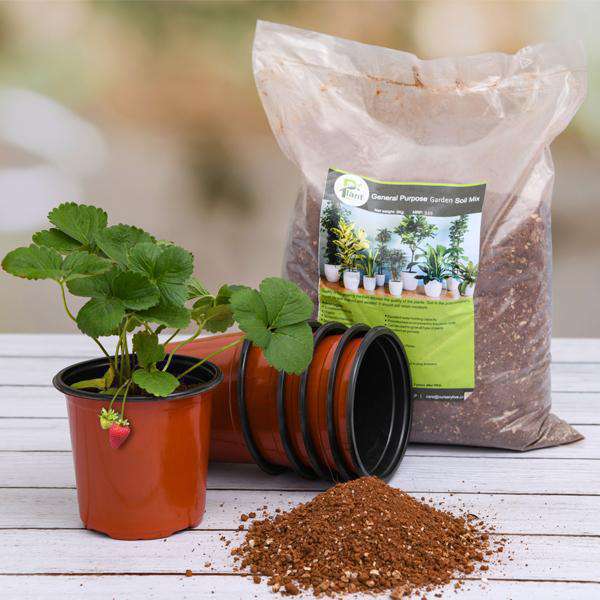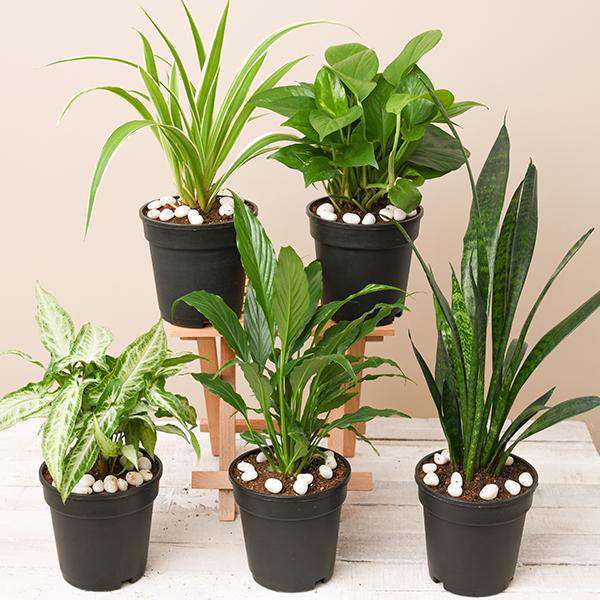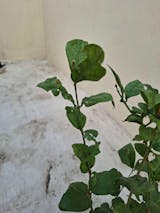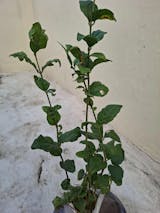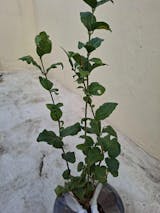Sedum plant
The Sedum plant is a succulent that comes in a variety of shapes, sizes, and colors. It is easy to care for and can be used in a variety of garden settings.
Autumn Joy Sedum
Autumn Joy Sedum is a popular variety of Sedum that produces clusters of pink flowers in the late summer and fall. It is a favorite among gardeners for its long-lasting blooms and easy care.
Sedum reflexum
Sedum reflexum is a low-growing variety of Sedum that produces clusters of yellow flowers in the summer. It is a hardy and easy-to-grow plant that is perfect for rock gardens and borders.
Sedum spurium
Sedum spurium is a low-growing variety of Sedum that produces clusters of pink, red, or white flowers in the summer. It is a popular choice for groundcovers and edging.
Sedum morganianum
Sedum morganianum, also known as Burro's Tail or Donkey's Tail, is a trailing succulent that produces long, hanging stems covered in plump green leaves. It is a popular choice for hanging baskets and containers.
Sedum sieboldii
Sedum sieboldii is a low-growing variety of Sedum that produces clusters of pink flowers in the late summer and fall. It is a favorite among gardeners for its attractive foliage and easy care.
Sedum dasyphyllum
Sedum dasyphyllum is a low-growing variety of Sedum that produces clusters of pink or white flowers in the summer. It is a hardy and easy-to-grow plant that is perfect for rock gardens and borders.
Stonecrop Sedum
Stonecrop Sedum is a general term used to refer to the many varieties of Sedum that are commonly used as groundcovers and rock garden plants. They are generally low-growing and easy to care for.
Sedum album
Sedum album is a low-growing variety of Sedum that produces clusters of white flowers in the summer. It is a popular choice for groundcovers and rock gardens.
Sedum spectabile
Sedum spectabile, also known as Showy Stonecrop, is a tall and upright variety of Sedum that produces clusters of pink flowers in the late summer and fall. It is a favorite among gardeners for its striking appearance.
Sedum acre
Sedum acre is a low-growing variety of Sedum that produces clusters of yellow flowers in the summer. It is a hardy and easy-to-grow plant that is perfect for rock gardens and borders.
Sedum kamtschaticum
Sedum kamtschaticum is a low-growing variety of Sedum that produces clusters of yellow flowers in the summer. It is a hardy and easy-to-grow plant that is perfect for rock gardens and borders.
Sedum tetractinum
Sedum tetractinum is a low-growing variety of Sedum that produces clusters of pink flowers in the summer. It is a hardy and easy-to-grow plant that is perfect for rock gardens and borders.
Sedum sarmentosum
Sedum sarmentosum, also known as Stringy Stonecrop, is a trailing succulent that produces long, thin stems covered in small, round leaves. It is a popular choice for hanging baskets and containers.
Sedum adolphii
Sedum adolphii, also known as Golden Sedum, is a trailing succulent that produces long, hanging stems covered in yellow-green leaves.
Sedum hispanicum
Sedum hispanicum is a low-growing variety of Sedum that produces clusters of pink or white flowers in the summer. It is a hardy and easy-to-grow plant that is perfect for rock gardens and borders.
Sedum rupestre
Sedum rupestre is a low-growing variety of Sedum that produces clusters of yellow flowers in the summer. It is a hardy and easy-to-grow plant that is perfect for rock gardens and borders.
Sedum nussbaumerianum
Sedum nussbaumerianum, also known as Coppertone Stonecrop, is a trailing succulent that produces long, hanging stems covered in copper-colored leaves. It is a popular choice for hanging baskets and containers.
Sedum lydium
Sedum lydium is a low-growing variety of Sedum that produces clusters of pink or white flowers in the summer. It is a hardy and easy-to-grow plant that is perfect for rock gardens and borders.
Sedum spurium 'Dragon's Blood'
Sedum spurium 'Dragon's Blood' is a low-growing variety of Sedum that produces clusters of red-pink flowers in the summer. It is a popular choice for groundcovers and edging, and its foliage turns a deep burgundy color in the fall.

